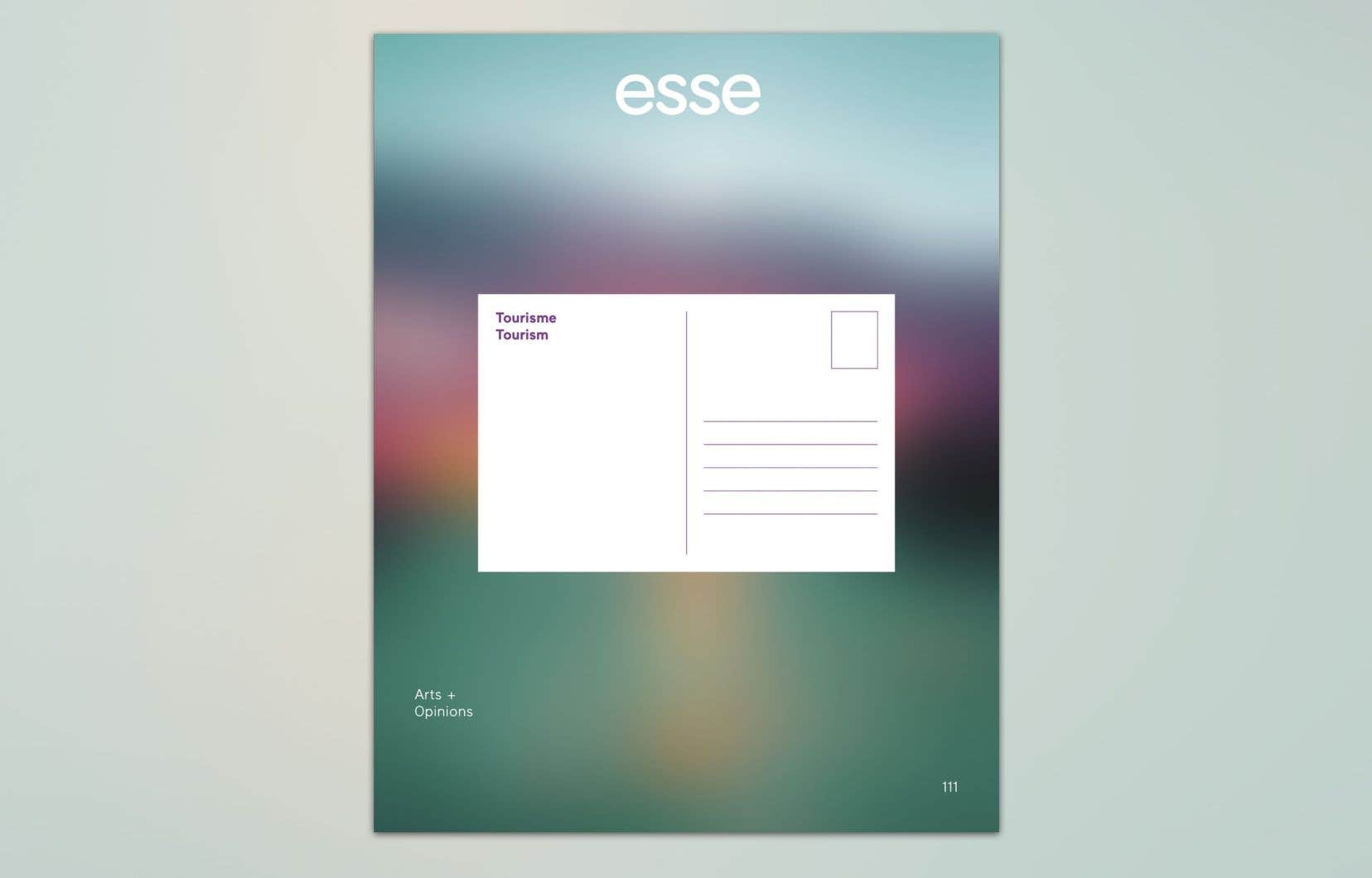Every Tuesday, The duty offers a space to the creators of a periodical. This week, we offer you a text published in the magazine Essenumber 111.
Thinking about tourism at a time when the immobility of the pandemic has given way to a phenomenal upsurge in the desire to travel, where creative residencies are multiplying in the countryside so that art can reconnect with nature and where major biennials question their historical colonialism – all this knowing that the tourism industry is responsible for nearly 10% of greenhouse gas emissions – which certainly raises its share of cognitive dissonance.
Certainly, a significant environmental awareness is emerging, which is now leading aware travelers to adopt ecotourism or fair tourism. However, are we seeing a real desire to change the face of the tourism industry? Would it not rather be a powerful greenwashing campaign, or even a green “mondophagy” to justify extractivist behavior?
The recent emergence of a form of travel called “last chance tourism”, motivated by the discovery of places doomed to disappear with climate change, shakes even the most optimistic; the most cynical, for their part, already see it as an additional manifestation of growing egotourism.
Art, through its need to open up to the world, is particularly affected by the global issues of travel. At the moment, the artistic scene is monopolized by the opening of the 60e Venice Biennale (whose theme, by the way, is “ Foreigners Everywhere “). For many, it is a time when the fear of missing out (the famous FOMO, fear of missing out) is felt more acutely, given that social networks are exploding with photos of works, artistic encounters and legendary places gleaned between two exhibitions.
During a biennial, Venice becomes the nerve center of contemporary art, the place where you have to be to see and be seen. Anyone who does not wish to contribute to Venetian overtourism will consider practicing JOMO (joy of missing out).
One way to discover the world from your balcony is to let yourself be carried away by reflections on art. The tourism file of the magazine Esse offers a guided tour of situations and places where art and tourism meet. The issue deals in particular with the European Grand Tour, artist residencies around the world and a tourism industry that too often leads to the fetishization of people and cultures. He analyzes the “orientalist” vision of tourism in the Middle East by letting us be guided by artists from the diaspora.
Let us also emphasize that the question of mobility for members of the diasporas is delicate. “The right to return to Palestine, which is denied to refugees, sits poorly alongside international promotional campaigns that have made Israel an important tourist destination for others,” one of the texts reads. published.
Through their works, these artists remind us that the genocide currently taking place in Palestine suffers from inadequate coverage by the media.
The file also offers a praise of the pace and slowness in the films of Tsai Ming-liang, which are not devoid of critical sense; the filmmaker openly calls for “the cessation of everything” and decline. Finally, the book ends by taking a critical look at ornithomania, the compulsive practice of bird enthusiasts who travel around the world to photograph rare specimens.
This pushes us to think about how to satisfy our desires to encounter nature. Indeed, even with good intentions, the current craze for everything relating to ecology (outdoors, wild landscapes, fauna and flora, volcanoes and glaciers, etc.) sometimes leads to frankly distressing situations (including the aforementioned example of last-chance tourism).
But if the harmful impact of mass tourism is undeniable, there is an attempt in this file to avoid sinking into tourismophobia by only pointing out its flaws. Let’s avoid this pitfall and instead try to look for viable solutions, on the one hand by thwarting tourismocracy – the excessive power exercised by the tourism system -, and on the other hand by showing imagination in our travel desires.
Some ideas: travel more slowly, less often and perhaps also less far; in the long list of “must-have” activities, check “give up your place to others”; looking for new non-places, these worthless places so dear to the anthropologist Marc Auger, then forgetting them as soon as they in turn become attractive and “instagrammable”; take a break from discovery; read old travel stories without trying to reproduce them; travel in his head. Stop.
Comments or suggestions for Ideas in Review? Write to [email protected].
